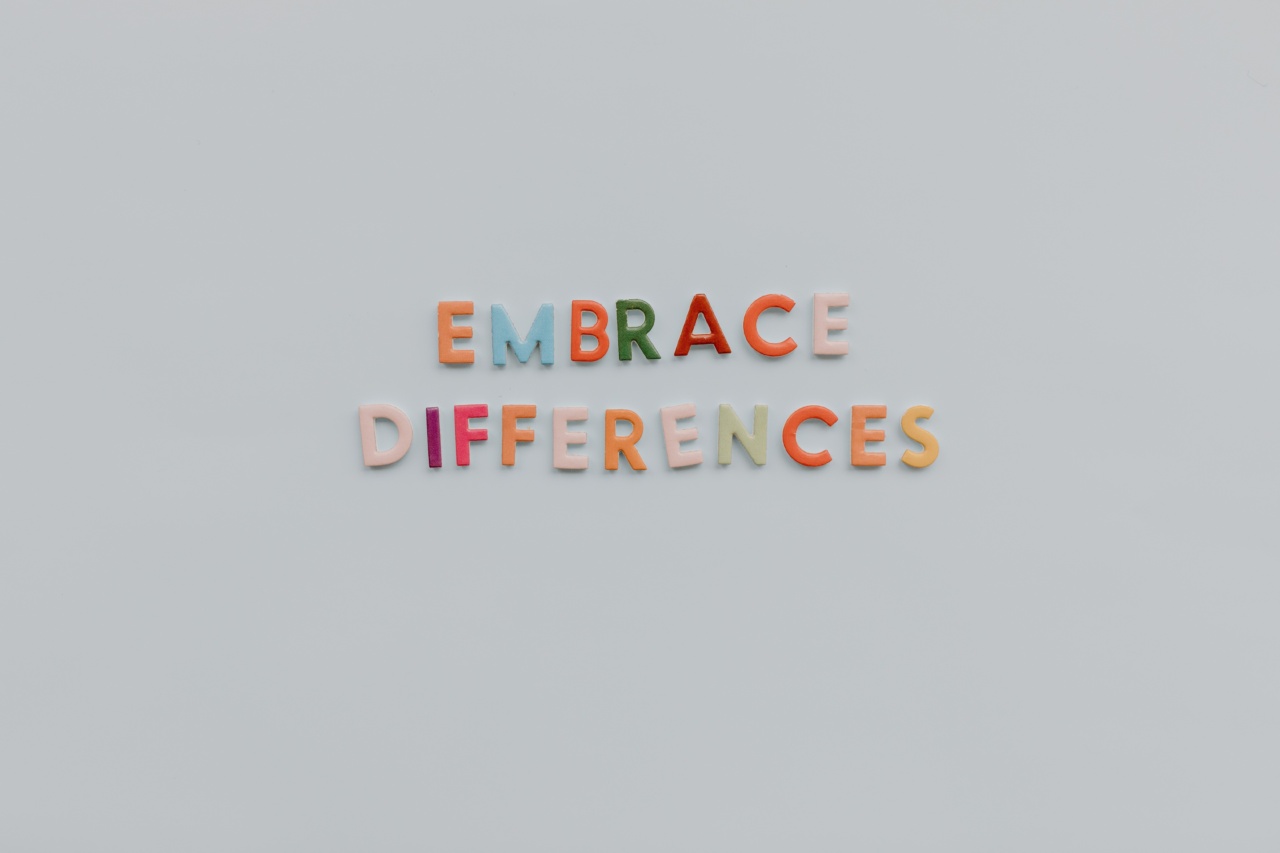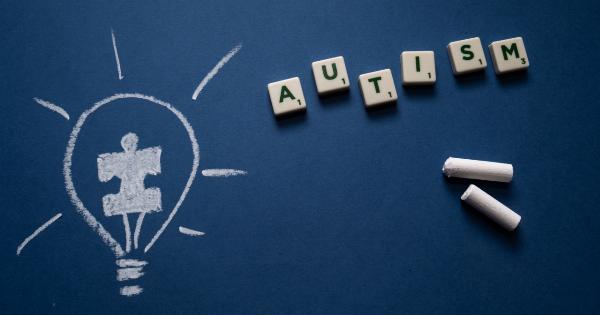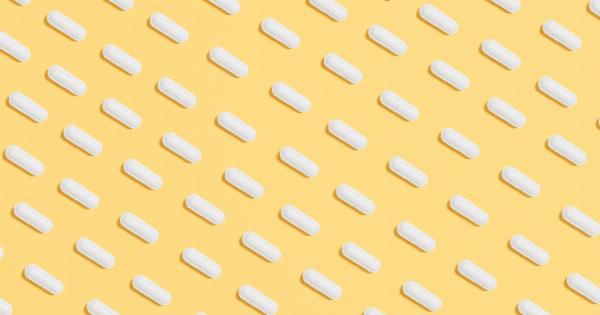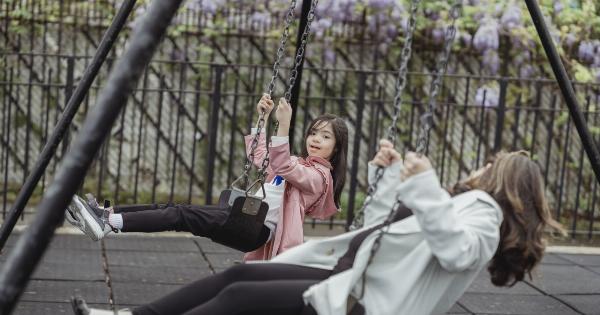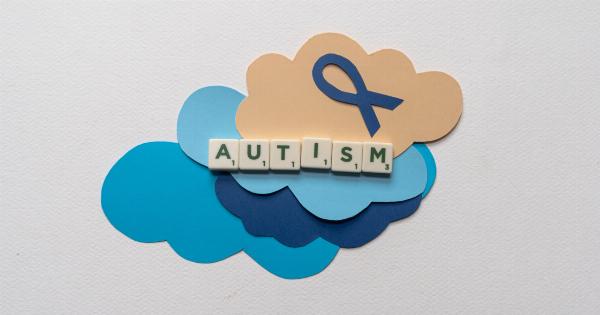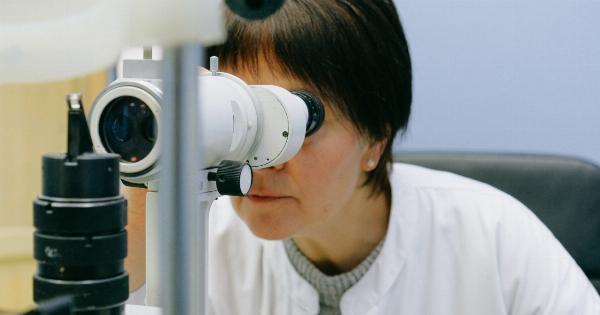Autism and homosexuality are two complex and multifaceted aspects of human identity that have long been subjects of research and debate.
Both conditions have a significant impact on individuals and can shape their experiences, relationships, and overall well-being. While these two aspects of human identity are distinct and independent, some studies suggest that there might be a link between autism and homosexuality, although it remains a topic of ongoing research and discussion.
Understanding Autism
Autism, or Autism Spectrum Disorder (ASD), is a neurodevelopmental disorder that impacts social interaction, communication, and behavior.
It is characterized by a wide range of symptoms, including difficulty in social interactions, repetitive patterns of behavior, and intense focus on particular interests. Autism is a spectrum disorder, which means that it affects individuals differently, with varying levels of severity and different sets of challenges.
The Complexity of Homosexuality
Homosexuality refers to a sexual orientation in which individuals are emotionally and sexually attracted to individuals of the same sex.
Homosexuality is a natural variation of human sexuality and is not considered a disorder or abnormality by any reputable medical or psychological organization. However, societal attitudes towards homosexuality have varied throughout history, with many cultures stigmatizing or criminalizing same-sex relationships.
Exploring the Possible Connections
There is ongoing research exploring the potential link between autism and homosexuality. Some studies have suggested a higher prevalence of homosexuality among individuals on the autism spectrum compared to the general population.
Others have observed a higher likelihood of autistic traits in individuals who identify as gay, lesbian, or bisexual.
One hypothesis is that both autism and homosexuality share certain biological or genetic factors. Research indicates that genetics play a significant role in both autism spectrum disorders and sexual orientation.
However, despite these correlations, it is crucial to acknowledge that autism and homosexuality are separate facets of human identity.
Understanding Neurodiversity
The neurodiversity movement is an important framework for understanding and appreciating different neurological variations, including autism.
It emphasizes the idea that neurological differences are natural variations of the human genome rather than deficiencies or abnormalities that need to be “fixed.” Neurodiversity recognizes the value of diverse thinking patterns and experiences and advocates for acceptance, accommodation, and support for individuals with neurological differences.
Challenges and Intersectionality
Individuals who identify as both autistic and homosexual may face unique challenges resulting from the intersection of these aspects of their identity.
Autism can influence social interactions and communication, making it more challenging for autistic individuals to navigate relationships and express their sexual orientation. Additionally, societal prejudices against homosexuality can exacerbate feelings of isolation and discrimination for individuals on the autism spectrum.
It is necessary to address the specific needs of individuals who identify as both autistic and homosexual by creating inclusive and supportive environments that understand and embrace their unique experiences.
This can involve providing appropriate social and emotional support, promoting acceptance and understanding, and challenging stereotypes and prejudices.
The Importance of Acceptance
Autism and homosexuality are both natural aspects of human diversity that should be celebrated and accepted.
Regardless of any potential connections or overlaps between the two, it is essential to prioritize understanding, empathy, and acceptance for individuals who identify as autistic, homosexual, or both. By promoting inclusivity and acceptance, we can create a society that values diversity and respects the rights and dignity of all individuals.
Conclusion
While research suggests possible correlations between autism and homosexuality, more investigations are needed to fully understand the complex relationship between these two aspects of human identity.
It is critical to approach these topics with sensitivity, recognizing that both autism and homosexuality are natural variations of the human experience. By fostering acceptance, understanding, and support, we can create a more inclusive society that appreciates and celebrates the diversity of human identities.
